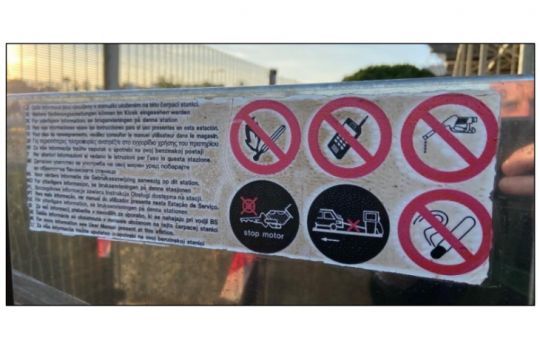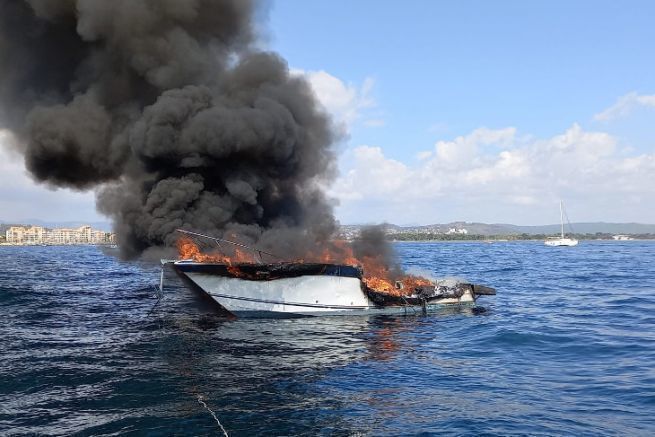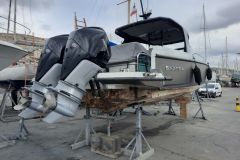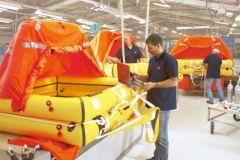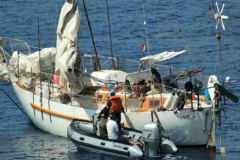The BEAmer, Bureau d'Enquête Accident sur les événements de la mer, is in charge of analyzing, a posteriori, the events occurred at sea which trigger serious injuries, important damages or decèseuros Following its investigation, this administration realizes an accident report and issues recommendations that the legislator and the other actors will apply or not.
An accident that can happen to all boaters
Following an accident that occurred in August 2021 at Saint-Pierre d'Hyères in the Var, a report was written. The incident, described and explained in this report, can happen to all boaters, regardless of the size of their boat: " On August 28, 2021, a motor vessel is at the fueling station in the port of Saint-Pierre d'Hyères. When the skipper restarts after using the fuel pump, an explosion occurs in the engine compartment and then a fire breaks out."
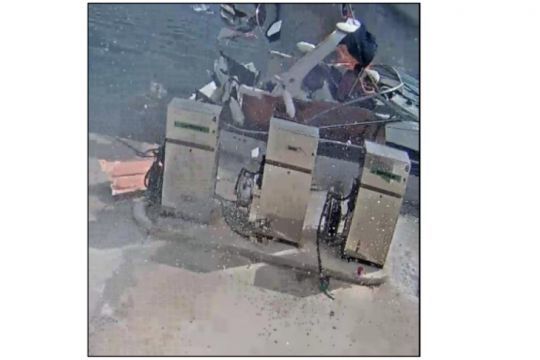
This accident was caused by a common situation: a boat refueling at the fuel station.
The boat has 2 tanks. In the first one, the owner will put 120 liters of SP98. In the other, he will add a hundred liters. To switch from one tank to the other, from port to starboard, the skipper had to pass the pump hose over the cockpit of the boat. This gives us a clear picture of the facts and circumstances leading up to this accident.
Let's skip the flames, the fire, the dog saved from drowning euros which are only consequences of the accident itself. The boat definitely sank under 10 meters of water, shortly after the fire. Unfortunately, the incident caused one serious injury, the skipper's wife, burned by the flames.
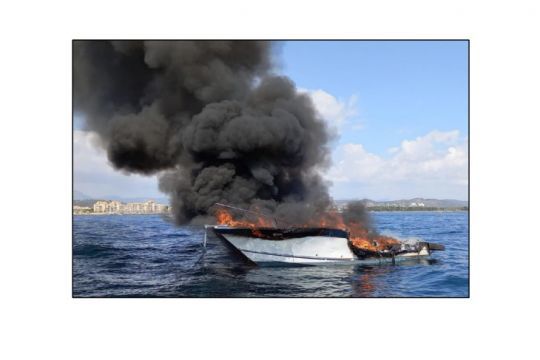
Maintenance booklet kept up to date
The boat was in perfect condition. Little sailing and a few routine repairs such as checking the batteries or replacing filters. The owner had winterized the engine, the living works and all the equipment in the rules of art.
A boat that does not sail is a boat that wears out
With only 300 engine hours recorded since 2003, the boat that was the victim of this accident was sailing very little. A few dozen hours per year, counting technical tests.
These are the mechanical elements such as joints, clamps, hoses, feed pumps that remain, for their internal portion, in contact with the fuel. Their external portions remain exposed to the elements, sun and salt water. This is where we can begin to explain the incident. All these elements carrying fuel are designed to do so under normal conditions, sometimes in the sun, sometimes in the shade, with a fluid in motion, which is not the case when a boat is parked.
The first lesson is that a boat that does not sail wears out faster than a boat that does. So should replacement, especially of fuel hoses, be more frequent on a boat that is not sailing? The same is true of all the components that are part of the fuel chain, from the primer bulb to the gauge plate clamps.
Simple circumstances for severe damage
The BEAmer Report explains that " super 98 has an explosive limit between 1.4% and 8.7% of the volume of the confined space ". Below this figure, there is no risk, above it neither. Still according to the BEA report, for a volume of 1.5 m 2 , corresponding to the volume of a small engine hold, it is only necessary to 21 à 114 liters of gasoline vapors for an explosion to occur. To generate this volume, which everyone would consider enormous, 13 à 72 centilitres of liquid gasoline are needed. That's roughly the size of a pint of beer. When it is hot, it turns into steam very quickly.
Simple precautions to be taken to avoid another accident of this type
It is obvious that the boater who was the victim of this accident did not consciously let his tanks overflow or allow gasoline to spill out of the tanks. Reasonably, he waited for the " ploc "He took the gun out of the tank. A few drops fell out.
He brought the gun to the second tank, again a few drops from the previous container. Again " ploc "Add a few drops from the fuel nozzle. Add the drops lost through each hose, each fitting and each joint. The half-liter of fuel arrives very quickly.
Among the good precautions against these drops, put a funnel at the entrance of the tank to not only filter the fuel - always a useful precaution - but also to concentrate in one place the famous " last little drops ".
Before filling, wipe the pump hose to make sure it is not carrying any more drops with it. The same goes for the dispensing gun. Then, after filling, wipe the bottoms clean of any remaining fuel.
Each of these precautions seems superfluous and unnecessary. It consumes a few moments, which boaters like to spend on the water more than at the gas station, especially at the moment. But the seconds invested in this security are probably worth it, if they allow to avoid losing one's boat, or even worse.
Know your boat and how to use it
The comprehensive BEAmer report explains: " the boat manufacturers' manuals warn users about fuel leaks. It is recommended to check the hoses before each use ".
Further on, it explains that bilge ventilation, in accordance with ISO 11105:1997, through mechanical ventilation, when available, and an opening of the bunkers after the operation of at least four minutes, are necessary to evacuate any residual vapors and that, during this 4 minutes period, it is prohibited to start the engine.
It is obvious that this time " lost "It is also obvious that there are no audible or visual indicators on the boats to indicate that the ventilation has not been carried out, especially in the summer when there is a queue at a fuel pontoon. It is also obvious that there are no audible or visual indicators on the boats that ventilation has not been carried out.
All these indications, all these precautions, are present in the owner's manual of pleasure boats. They are recalled in the engine manuals and on the fuel pontoons.
Habits and hurry
This is not to point the finger of blame at the owner. The vast majority of boaters would have acted and continue to act like him. The owner of this boat having experienced this damage is above all a victim of habits. Habits to go fast, to leave fast, to pay fast, to sail.
Boating is a time to relax and take a step back from the fast-paced daily life we all live. The four minutes of airing recommended by the manufacturer is one of those moments of " nothing "that should populate our lives.
And avoid avoidable accidents!
